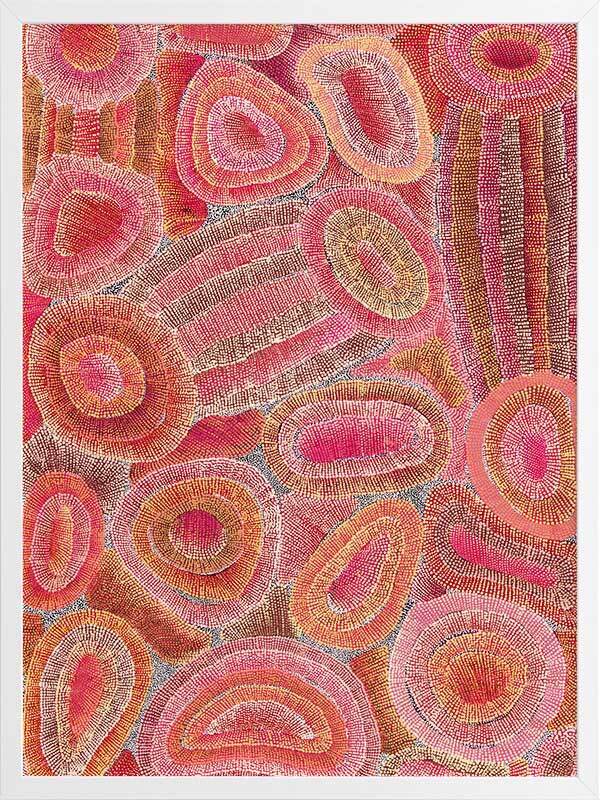Framed Paper Print

Framed Art
Framed Print Dimensions & Specs
Ensure that you have the correct dimensions for your artwork, and take precise measurements of your space to confirm that your art piece will fit seamlessly.
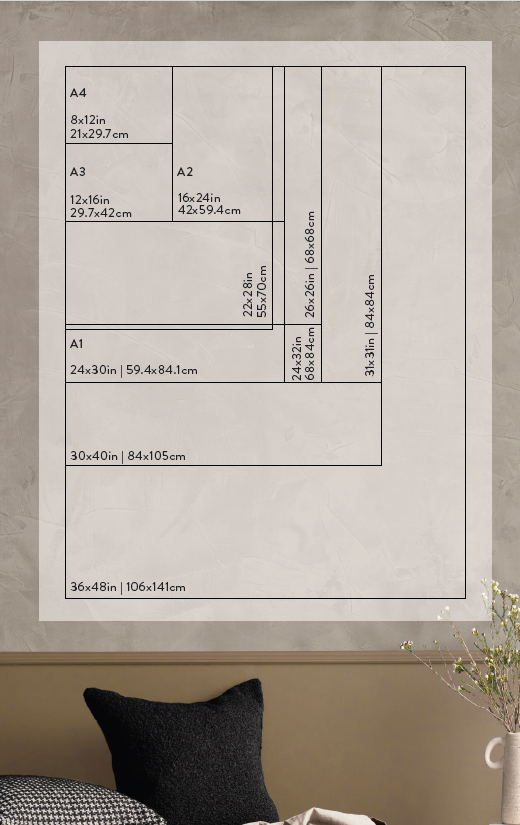
Try our app to view this product in your home
Framed Print Dimensions & Specs
Ensure that you have the correct dimensions for your artwork, and take precise measurements of your space to confirm that your art piece will fit seamlessly.

Try our app to view this product in your home
Framing options
We also offer the option to add a shadow box frame to your Urban Road canvas art print. A little different from a traditional framed print, the canvas sits within the box frame with a 5mm gap, creating a sophisticated shadow effect between the frame and the canvas. Our solid timber box frame mouldings are 10mm wide, and 55mm deep, and add approximately 40mm to the length and height of the listed canvas size.
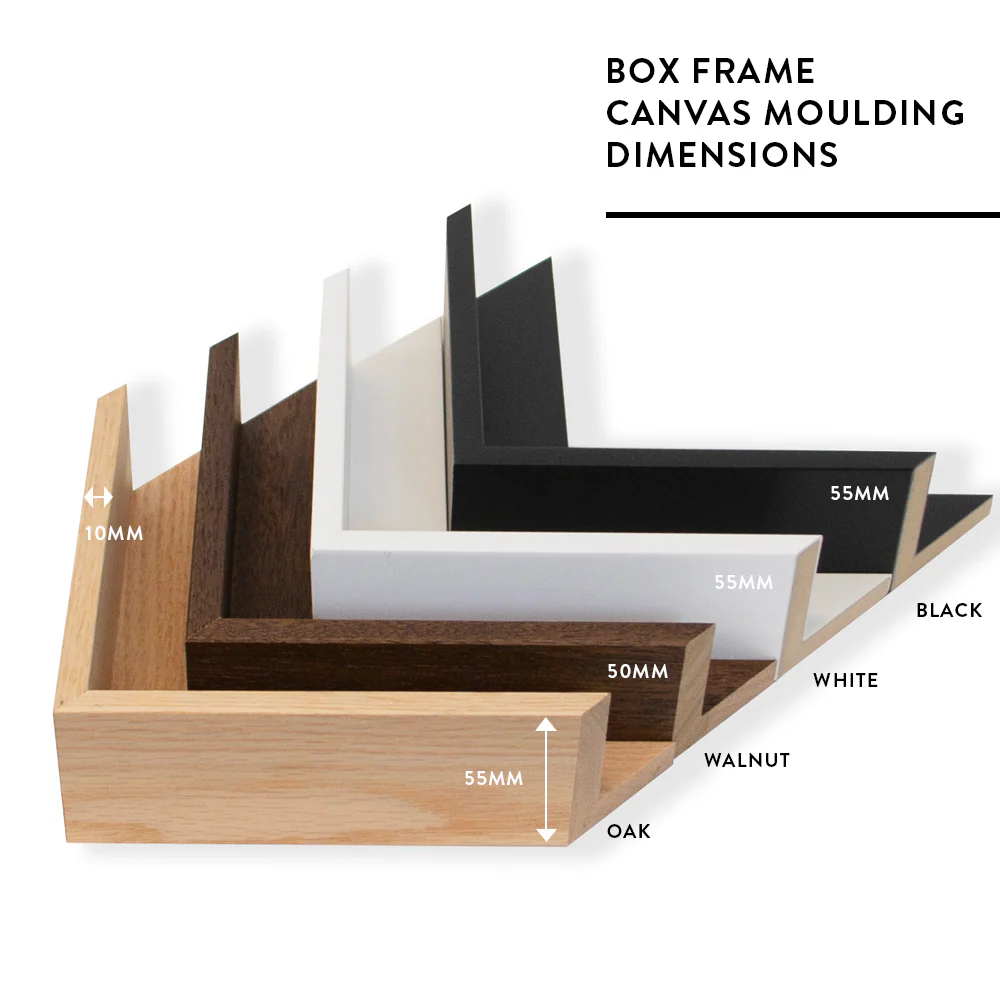
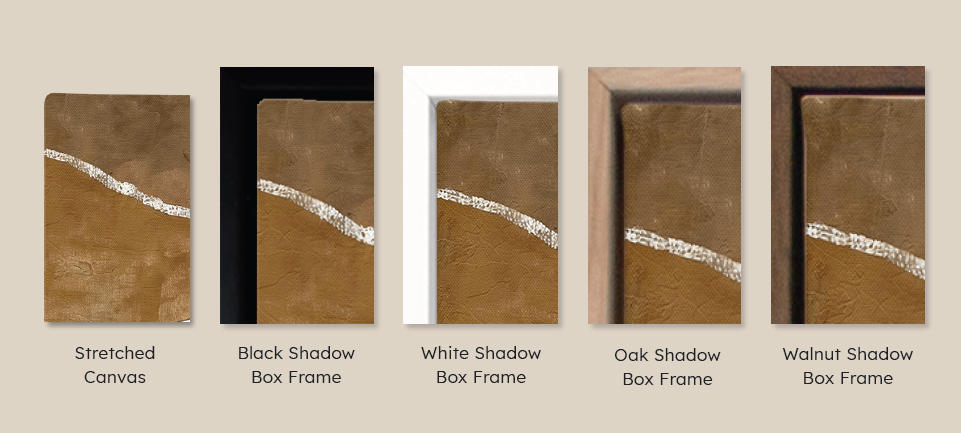
Mat Board
Urban Road’s framed prints are printed using archival inks and paper - which means no fading! The frames are made from high-quality timber mouldings, the Standard profile measures 20mm wide × 20mm deep, while the Premium profile is 30mm wide × 45mm deep. The framed prints are securely mounted onto foam core and framed behind museum grade plexiglass. Framed artworks are available in black, white and oak finish, with a choice of matboard, no matboard or printed white border. All artworks come ready to hang.
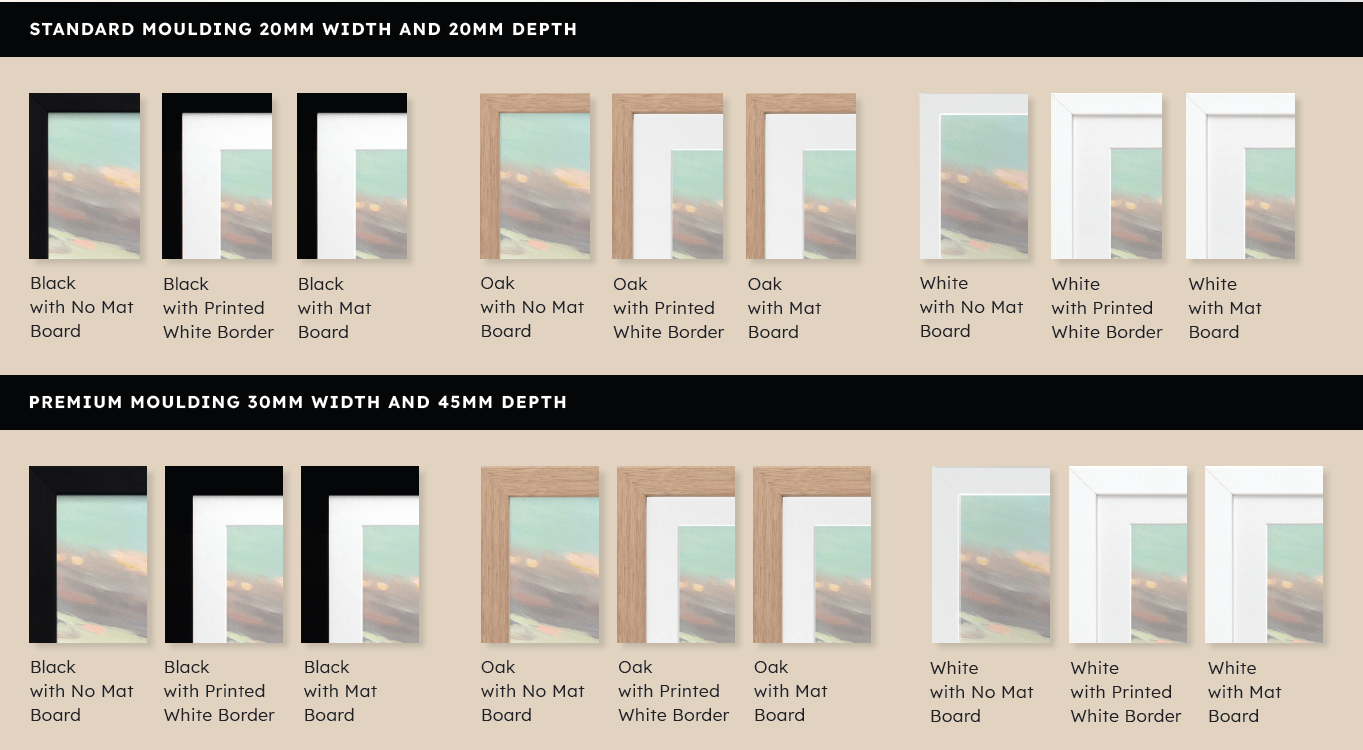
about the artist
download artist story
Ngapa Jukurrpa IV Red Framed Art Print by Agnes Nampijinpa Brown - This Indigenous Aboriginal artwork, an artistic interpretation of the Water Dreaming, features bold, brilliant circular shapes formed by intricately placed dots in a spectrum of vibrant red and orange tones.
Urban Road is committed to investing a stream of ongoing financial support back into the Yuendumu and Nyirripi artist community. For every Jangapa Jukurrpa IV artwork sold, a percentage of the sale price goes directly back to the artist.
This Indigenous Aboriginal artwork depicts the water Dreaming, and tells a story of two Jangala men, rainmakers, who sang for the rain and unleashed a giant storm. The storm travelled from the east to the west until it reached Warlura, a waterhole to the east of Yuendumu in the Northern Territory. At Warlura, a gecko blew the storm away. The storm continued on, covering the lands with rain and shooting out bolts of lightning, awakening the 'kurdukurdu mangkurdu Jukurrpa' (children of the clouds Dreaming).
The water Dreaming built hills at Ngamangama, and stuck long pointy clouds into the ground at Jukajuka, where they can still be seen today in the Northern Territory as rock formations.
The water Dreaming continued its travels to Mikanji, a watercourse northwest of Yuendumu, where the storm was picked up by a 'kirrkarlanji' (brown falcon) and taken farther north. At Puyurru, the falcon dug up a giant 'warnayarra' (rainbow serpent). The serpent carried water with it to create another large lake, before travelling on through other locations and eventually arriving at Gurindji country to the north.
In contemporary Warlpiri paintings, traditional iconography is used to represent the 'Jukurrpa' (Dreaming), associated sites, and other elements. In many paintings of this Dreaming, short dashes are often used to represent 'mangkurdu' (cumulus & stratocumulus clouds), and longer, flowing lines represent 'ngawarra' (flood waters). Small circles are used to depict 'mulju' (soakages) and river beds.
Be inspired by uniquely breathtaking Indigenous Aboriginal Art and vibrant retellings of the Dreamtime, and bring this stunning artwork into your home today.
Disclaimer: Colours of Urban Road products may vary due to device display differences, monitor settings, inherent product variations, lighting conditions, and screen calibration. While we strive for accuracy, slight variations may occur. For any concerns, contact our customer support. Your satisfaction is our priority.
Framed Paper Print

Framed Art
Framed Print Dimensions & Specs
Ensure that you have the correct dimensions for your artwork, and take precise measurements of your space to confirm that your art piece will fit seamlessly.
Try our app to view this product in your home

PRODUCTION TIME:
Each piece of Urban Road art is handmade to order in Australia, ensuring your artwork is crafted exactly to your specifications. Production times vary by product type: Canvas Prints, Framed Prints & Poster Prints are produced within 7 business days and Rolled Prints within 5 business days. After placing your order, you’ll receive a confirmation email, and we'll notify you when your artwork is ready to transition to the Delivery stage.
LEAD TIME:
INTERNATIONAL AVAILABILITY:
SPECIAL NOTES ON DELIVERY:
How do I know which size to order?
Start by measuring the full width and height of your chosen wall. Because not all wall edges, ceilings, and cornices are perfectly straight or level, we'd recommend measuring to a few different points along the top and side of your wall, and then working off the largest measurements of each. Once you have your width and height, use this to choose the nearest possible wall size from the options listed. If your wall falls between sizes, then always round UP to the next largest size.
How do I prepare my walls?
Where can I apply Wallpaper or Murals?
What is the Wallpaper made from?
How do I know which type of Wallpaper to use?
How is pricing calculated?
Do you offer custom Wallpaper options?
Can I get a test sample before ordering?
Disclaimer
























































